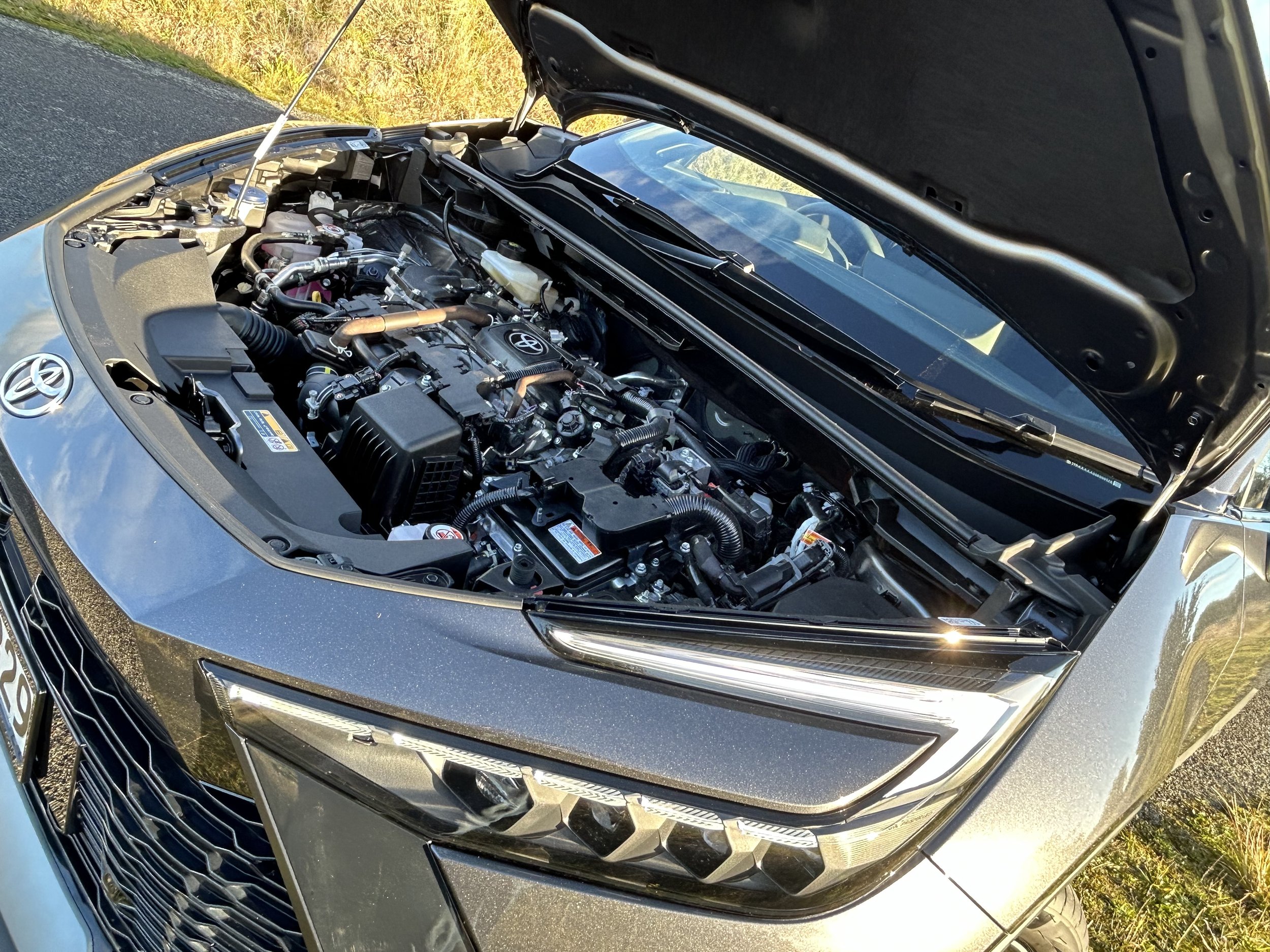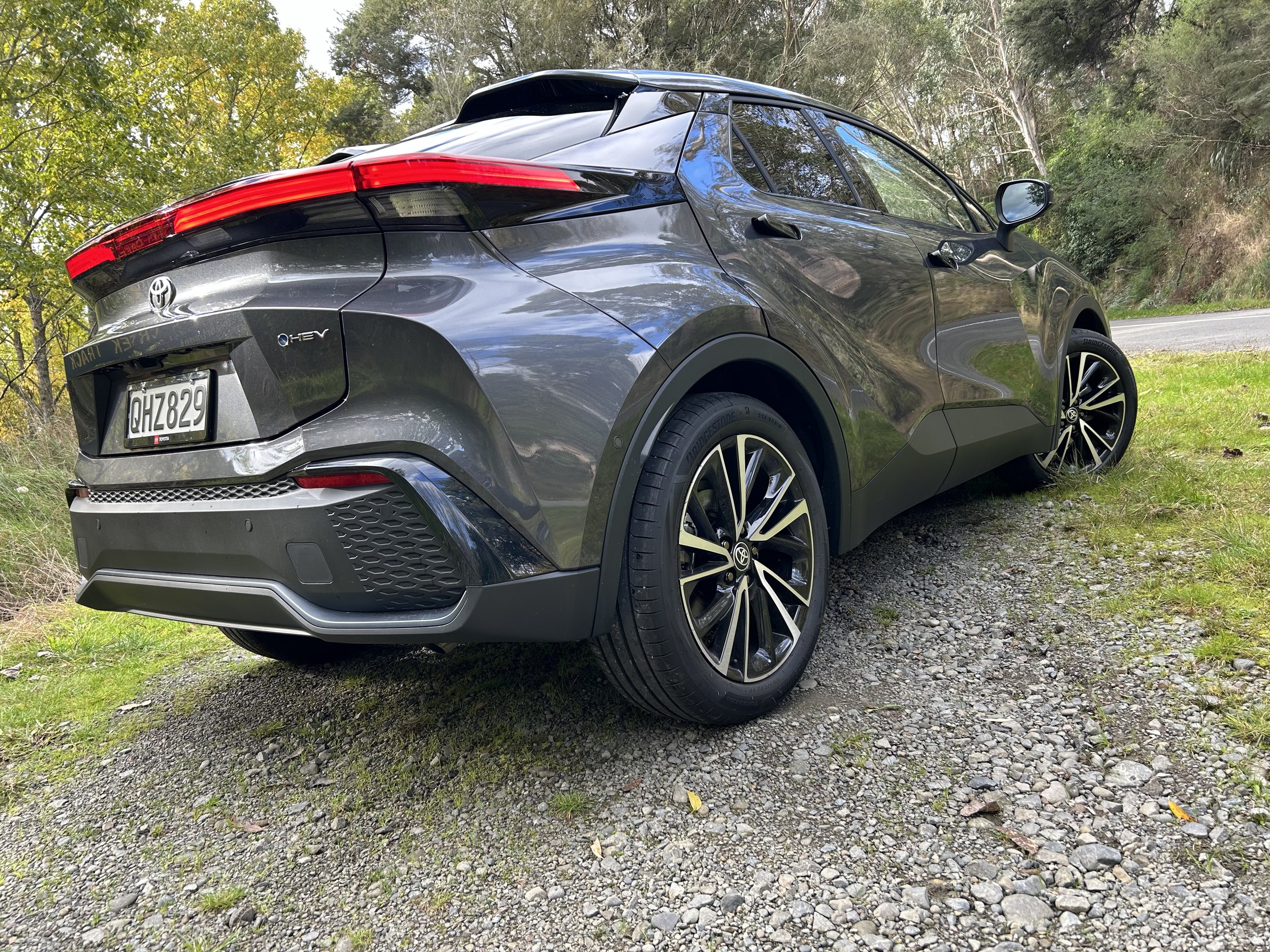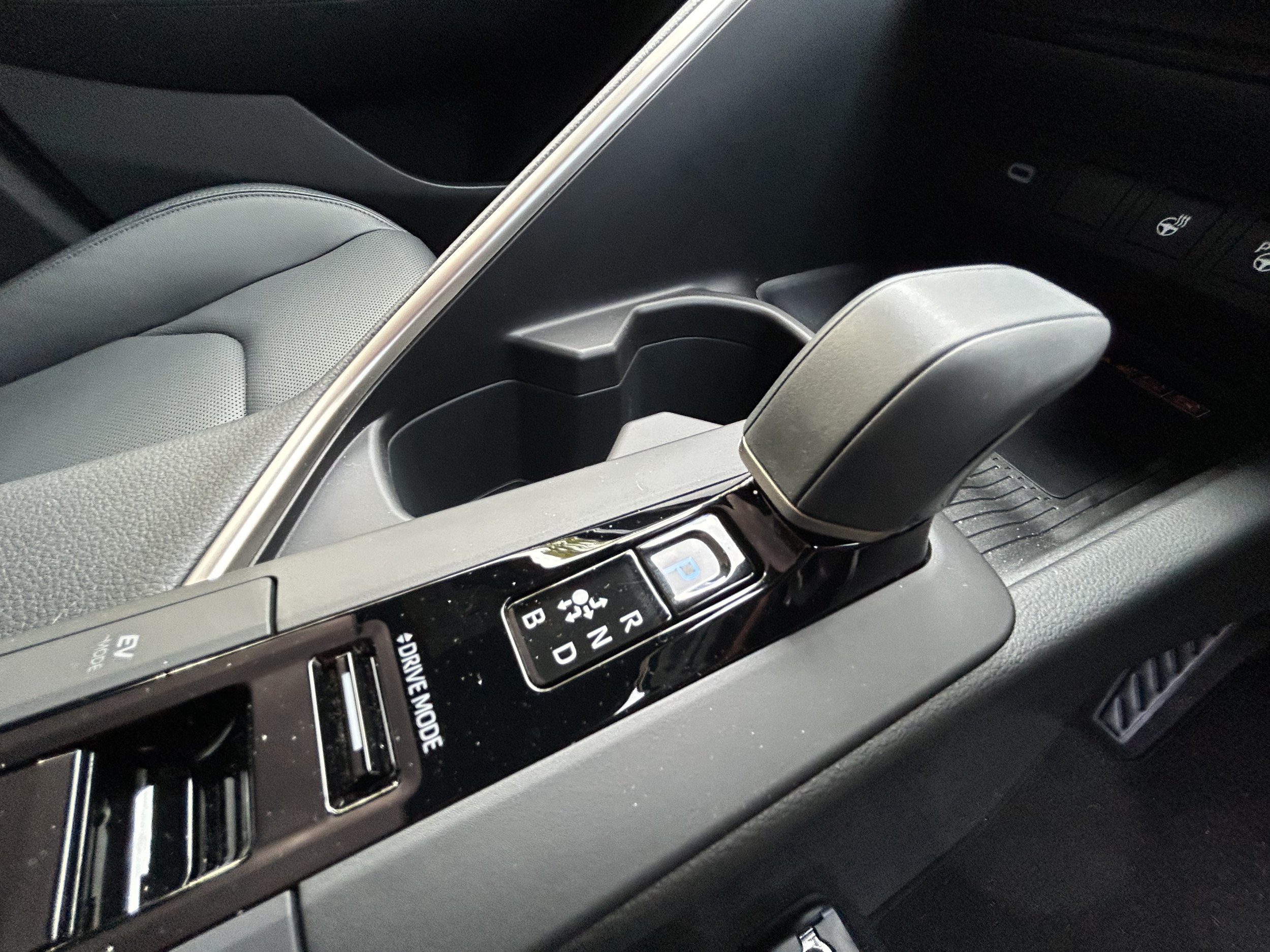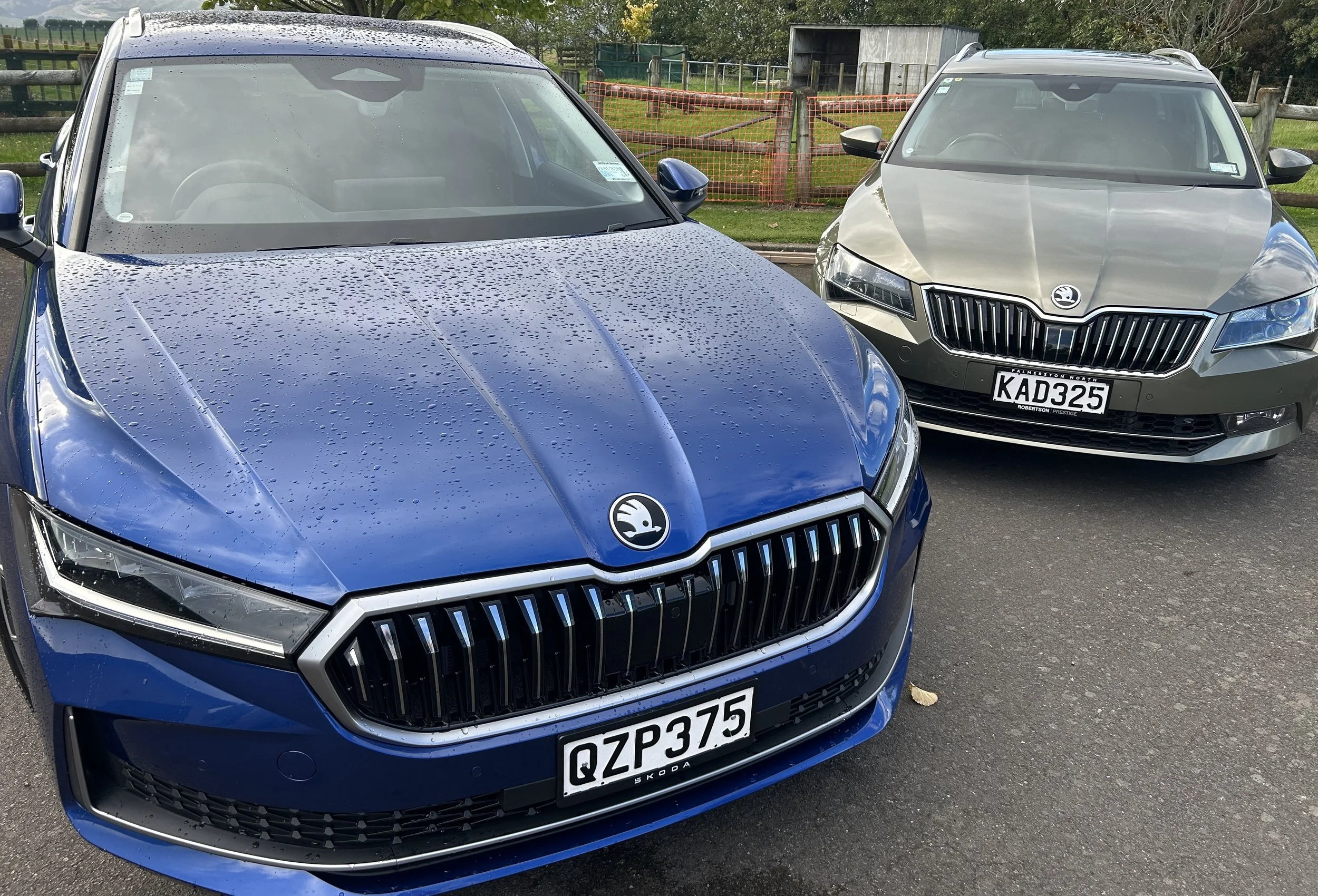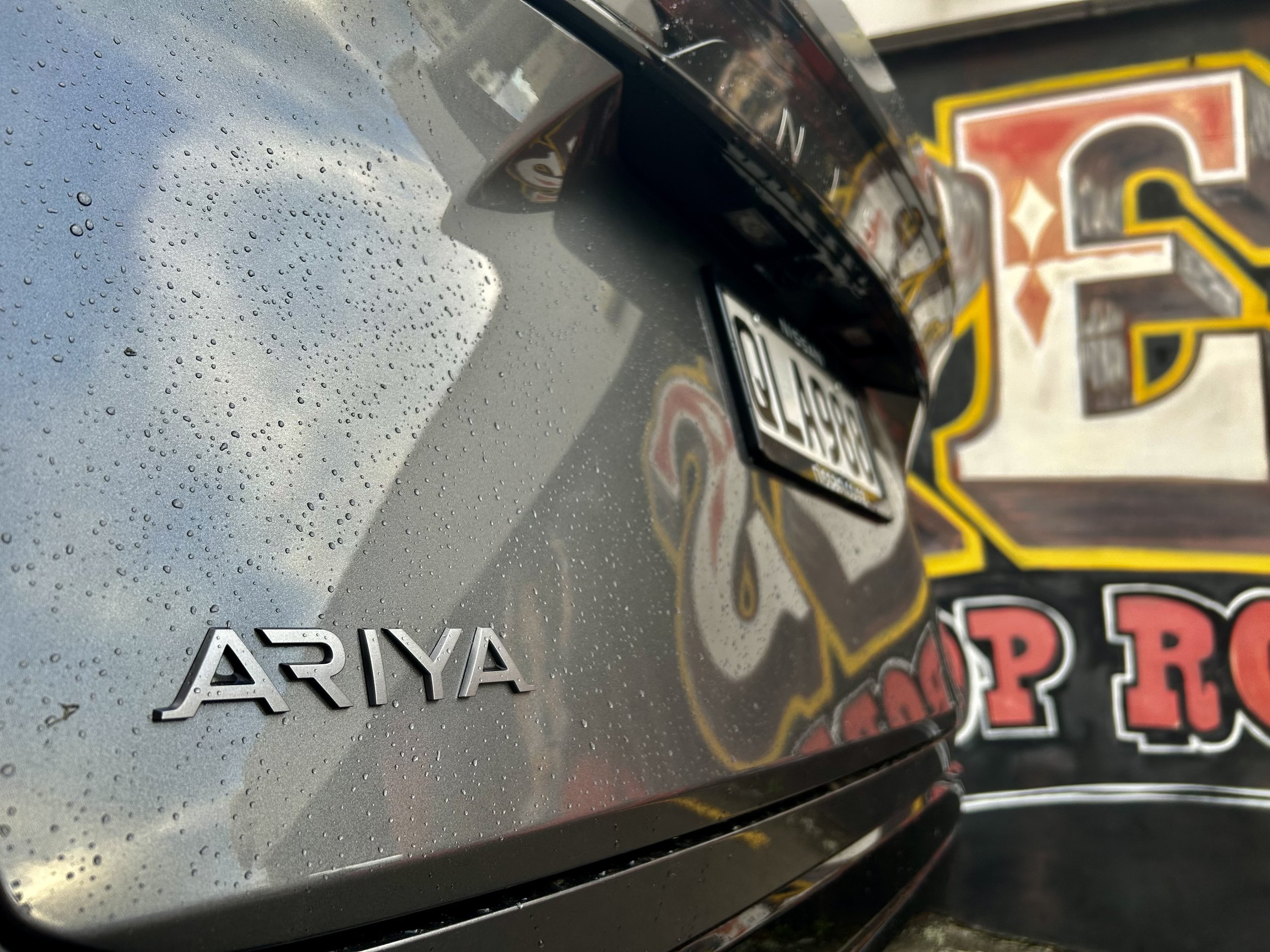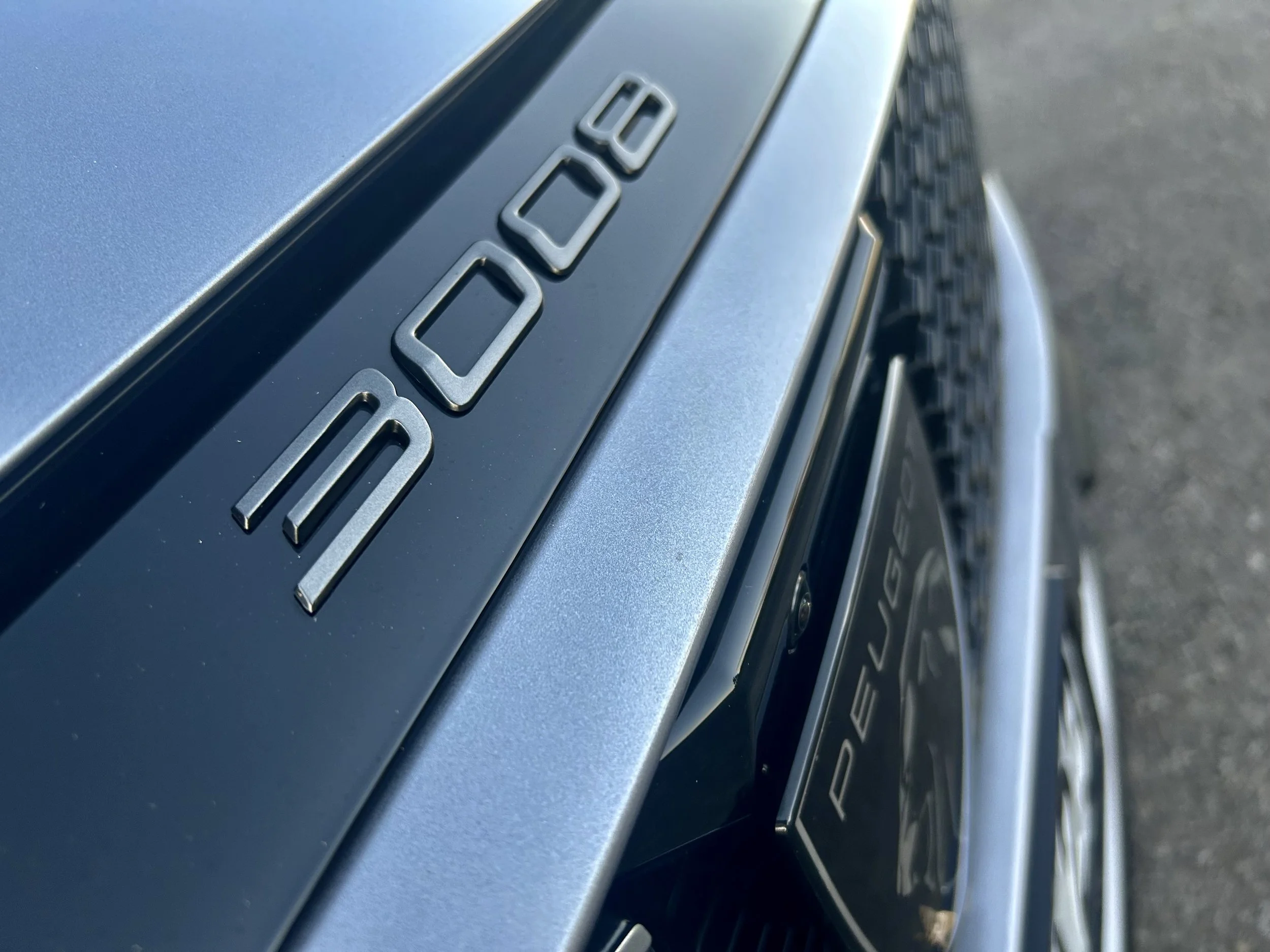Toyota C-HR 1.8 Limited road test review: Angling with Euro aptitude
/The second-generation of this personable model still puts design panache ahead of practicality, but has more to give.
Price: $52,990.
Powertrain: 1.8-liutre four cylinder petrol hybrid, 103kW/142Nm, e-CVT, front-drive:
How big: 4362mm long; 1832mm wide; 1558mm tall.
We like: Even more striking to look at; feels much more sophisticated than the previous model; wider use of high-quality materials.
Not so much: Still questionable for full family life; dull CVT; shallow windows and high sills means the rear might still feel dark and claustrophobic for small occupants.
FOR all the broadening choice laying out in the pure battery corner, for many fulfilment of the ideal of ‘going electric’ is to go hardly electric at all.
Does it seem incredible how hybrids have stayed so popular?
A couple of years ago, every ‘expert’ - which often means ‘anyone who bought an electric car and has become outraged the rest of the world hasn’t instantly followed suit’ - would have bet anything on the mildest of technologies being a goner by now.
That hasn’t happened. While there are certainly a lot of Teslas around, it’s nothing like the count of Toyota petrol-electrics.
You’ll argue overall proliferation will of course be that much greater, given this tech has been here almost from when the first Prius was born, in 1997.
But when considering trends, it’s clear far more buyers will stick with the ‘self-charging’ methodology than move up the scale.
That’s become all the more apparent this year. Cessation of incentives and introduction of Road User Chargers on anything with a plug seems to have removed the spark from the whole truly electric-wed thing; EV volume being down 70 percent, PHEVs down 58 percent seems unlikely to be permanent, but is a shattering change all the same.
Whereas mild hybrids? Those types, particularly variants with fleet and rental interest (so Yaris Cross, Corolla Cross and RAV4), just seem to keep piling out the door, no matter the broader sales climate.
Clearly, full electric is the obvious end game for modern motoring. Because, you know, regardless of what that funny Shane Jones says, all that guff about emissions, climate change and oil not being around forever is no Green proletariat-promoted myth. It really is happening. And fast.
And, yet, for a so-called transitional technology, the one that primarily relies on petrol-fed internal combustion with just enough battery-fed influence to make tangible positive impact on fuel burn and emissions is really in no hurry to move on.
Whether hybrid as Toyota presents it has as many years ahead as it has already put behind it would seem a long stretch. But who would pick exactly when the last will leave production?
If anything, it’s safer to bet the latest of its type, the new C-HR just hitting NZ now, will not be the last. Nor will it be a fleeting opportunity. The last was in production for around eight years. logically, you expect the same lifespan out of this new one.
That the car here has now refined to only present in hybrid, rather than continue to offer in petrol-pure as a cheaper option, is logical. TNZ has committed to reducing its overall fleet emissions, so as to meet a target set by the previous Government.
Hence why, with the exception of its hardcore GR performance, the corner in which the national market leader used to keep pure petrol passenger cars is now bare. All Corollas, Camrys, Highlanders, RAV4s, Yaris’s and Yaris Crosses that once presented in that format have gone. Everything mainstream comes with battery assist.
What hardly shows is the next step; anything with a plug. The C-HR now does facilitate this. Even though PHEV sales are slow, that Toyota NZ absents this one when it is assuredly easily availed seems a slip-up.
At present, there are two electrified powertrains, a front-wheel drive 1.8-litre hybrid that makes 103kW/142Nm and a 2.0-litre hybrid producing 145kW/190Nm, but restricted to the GR Sport variant. The C-HR Limited on test is the priciest of the front-wheel drive options, and has the same kit as the all-paw.
The previous Limited was a private buyer favourite and I imagine the new will maintain that role, regardless it not sites slightly north of $50k.
The trim includes a leather-accented upholstery, heated front seats and steering wheel, a nine-speaker JBL sound system, a panoramic sunroof, power tailgate, and dual 12.3-inch dashboard screens, the central one shared with high-end Lexus models and housing wireless Apple CarPlay/Android Auto. It also delivers Toyota’s own in-house satnav that will be ignored as it’s a faff to work your way around and is blighted by so-so graphics.
Speaking off the past, some of that still carries into this C-HR; the platform and the drivetrain are both developments of the previous car’s.
Still, if you told someone this second generation offer was “all-new” they’d likely have no cause to dispute, because in look it certainly seems that way.
Previous C-HR was a very dramatic sight when it first appeared and settled in to hold firm status as one of Toyota’s better-looking cars, but this one through being more modernised inside and out has even more of a wow factor.
Brand customer research suggesting the original model's edgy styling was crucial in winning over customers from other brands was taken to heart. Chief engineer Toshio Kanei, who led development from Toyota’s Belgian technical centre and largely left the styling to the firm’s ED2 design studio in Nice, France, has has said says the goal with this latest was to make a “show car for the road”. Box ticked.
You can definitely tell it’s related to the old model, but it now gets a more angular, futuristic look. It’s smart, genuinely flairful and, while all Toyotas are neatly built, there’s clear sense here that a LOT of attention has gone into ensuring everything is beautifully executed.
That shows with all those clever little touches, such as how the illuminated name that briefly shows between the tail-lights at start up. The front offers the best execution locally of Toyota’s new ‘hammerhead’ face. There's quite a dramatic Coke-bottle effect going on down the sides.
It looks terrific in a strong colour but a final touch worth thinking about, albeit only if you’re buying at the high end, is the two-tone paint scheme. That option often looks naff in execution, but in this instance it really suits this car, even if inevitably someone will suggest that scheme makes it rather like a high-end sneaker with wheels.
Modern execution with the environment in mind reveals in how the bumpers and some other body elements are made of a new pre-coloured resin, so they don’t need to be painted, which reduces the amount of CO2 emitted during production. Though the Limited’s 'leather' is synthetic, animal-free stuff, less expensive versions than this one earn more sustainability points for having upholstery from recycled plastic bottles.
The smart looks will have to help given the space into which the car pitches into is very packed with competitors. On that note, the one challenge with C-HR, still, is that it does give up some practicality in pursuit of panache.
That’s an inevitable from the design decisions. While the cabin is dimensionally better, unusually the car as a whole is actually smaller than its predecessor. Toyota has trimmed 35mm from its length and 15mm from its height. On the other hand, it’s also 45mm wider (and has bigger wheels too. Up to 20 inches though, on this example, 255/50 R19s are fitted).
A slightly higher ride height than a hatchback is to justify it being a member of the SUV club, but in feel it is emphatically a car, with a driving position to reflect that. It’s a pit it’s just a touch too tight for someone really tall, because otherwise it would be perfect.
Toyota does good seats, but these front chairs are really good; a high-backed, bucket-style design, they deliver an excellent combination of comfort and support.
The cabin is cosy; almost cocooning, to point that while forward and side visibility is fine, over the shoulder views are less so. The back window being so sharply angled that it's almost horizontal is very much to the detriment of seeing much behind. Thankfully you get sensors and a reversing camera.
The generous use of high-quality materials adds to having a more sophisticated ambience than you’ll find in a Corolla these days. The driver’s display is still a bit dated, but the infotainment system itself looks smart, and even if some of the graphics aren’t as modern as they could be, there’s some cheeky animation when you change the driving modes.
There's a decent-sized storage area under the armrest in the front, and door bins that are deep, if a touch narrow. There's more storage on the centre console, next to and in front of the stubby gear selector, where you'll find two cupholders and a wireless phone charger. The front seat passenger also gets a handy rubber-lined shelf as well as a reasonably-sized glovebox.
Below the central touchscreen, there are proper physical controls for the heating and air conditioning, which look smart and are easy to operate.
The back seat looks comfortable, but while rear seat room is better than the old car offered, it is still a tightest space and also quite confined, with the sloping roofline again impinging on headroom for tall adults. Ironically, those who will fit best - basically children - might also have a whinge. A result of the rear side windows being noticeably shallow, the window sills high and the rear pillar wrapping around the rear cabin is that they might not be able to see out of it all that well.
With 443 litres’ capacity, the boot is bigger than previously, in part because the floor is deeper. But the fore-after space is narrow, so ultimately function also still submits to form to point where it will be resistant to swallowing up a huge amount of items. You’ll have to pick any travelling luggage with care.
For all the sportiness of its ambience, the C-HR with this drivetrain isn’t particularly quick. However, it is good to drive, with credit to Toyota for having concocted a good balance between driving dynamics and comfort.Although it sits on a standard global platform, ithis car having been designed, engineered and tuned in Europe seems to have left it with a certain flavour.
The engine’s output, the cited 0-100kmh time of 9.9 seconds and the CVT being best suited to a fairly relaxed driving style unless you are happy to put up with the usual frantic flaring that is a vexation of that transmission type suggest Toyota really wants you to be left with impression the type’s very best asset is its fuel economy.
Sure enough, though it will obviously cost more to run than a full electric car - in part because the engine prefers higher octane blends - it will deliver some decent thrift; a long open road drive at constant and relaxed pace saw it averaged 4.7 litres per 100km. For those who don’t want to leave pumps behind, it could prove to be a pleasingly economical car.
When driven this way, of course, you really aren’t honouring the effort the chassis engineers have put into honing this platform.
If you can put up with all the CVT’s hysteria, then by all means take it for a decent burl, because as before this car remains a really agile and playful thing, almost as good as the Ford Puma that, to my mind, is the genre’s standard-setter.
Switched into Sport mode, it has vibrancy and brio. Regardless that the front-drive pull becomes more obvious, it’ll nonetheless spear neatly into apexes, with quick and accurate steering and huge reserves of grip. Good fun, all in all.
Around town, it’s a modicum of classic Toyota competency. The ride quality is perhaps a trifle too firm for urban driving, but that’ll be the only - quite minor - quibble. Refinement is very good, as long as you’re gentle with the throttle.
You wonder how much better this car would be with a proper manual, or at least an automated one, but the chances of those being provided are likely no greater than it ever becoming a full electric car.
The first generation of this car came out in 2017 as something of a toe-in-the-water exercise; Akio Toyoda himself commissioned it as a sort of experiment to see what the company could do, with no expectation of how it might sell.
In a way, it’s the same this time around, not least in respect to the way it still looks. Other makes have become bolder, but this is still the funkiest offering in its sector.
On top of that, for all that mild hybrid systems tend to get stick from EV elitists, Toyota’s is still a very good one. The weak point here is the CVT; not because it isn’t technical ineffective, more because you left with sense that if it is as good as they get - and it probably is, because Toyota has had them for a long time - then it reminds they’re never going to be great, in respect to establishing any emotional connect.
That’s a shame, given how strongly characterful and chipper this car otherwise is.



